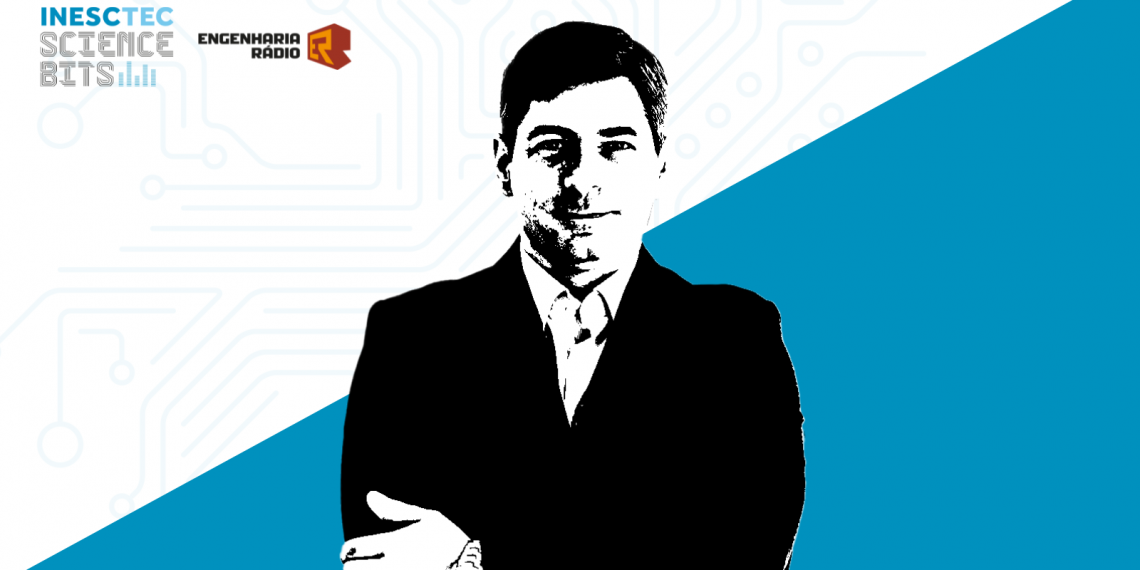INESC TEC Science Bits – Episode 43
Link to the episode (Portuguese only)
Guest: António Batista, INESC TEC researcher
Keywords: circular economy, remanufacturing, industry

At the time we recorded this episode – and according to data from the international organisation Global Footprint Network – the country’s population has already depleted the resources available for 2024. May 28 was the day when, as described by the environmental association ZERO, we started using “an environmental credit card.” Although we have managed to reduce the impact of our ecological footprint in Portugal (compared to previous years), according to that same organisation, “if everyone on the planet lived like the average Portuguese citizen, Humanity would require close to 2.9 planets to support resource needs”. The cause of this problem? Our linear economic models based on consumption, supported by advanced production systems, and heavily reliant on a “take-make-dispose” model.
But how can we change these approaches? The Circular Economy seems to be a key concept. The European Union, for example, is promoting a Circular Economy Action Plan and a well-defined goal: a carbon-neutral, sustainable, toxic-free, and fully circular economy by 2050.
In this episode, we will explore the concept of circularity and understand that it is not exactly a novelty; we will explore remanufacturing and how it fits into the circular economy model. We will also learn about a European project called RENEE, which aims to use advanced robotics and AI to support production management and value chains in adopting flexible remanufacturing processes. All this in a conversation with António Baptista, a researcher at INESC TEC.



 News, current topics, curiosities and so much more about INESC TEC and its community!
News, current topics, curiosities and so much more about INESC TEC and its community!